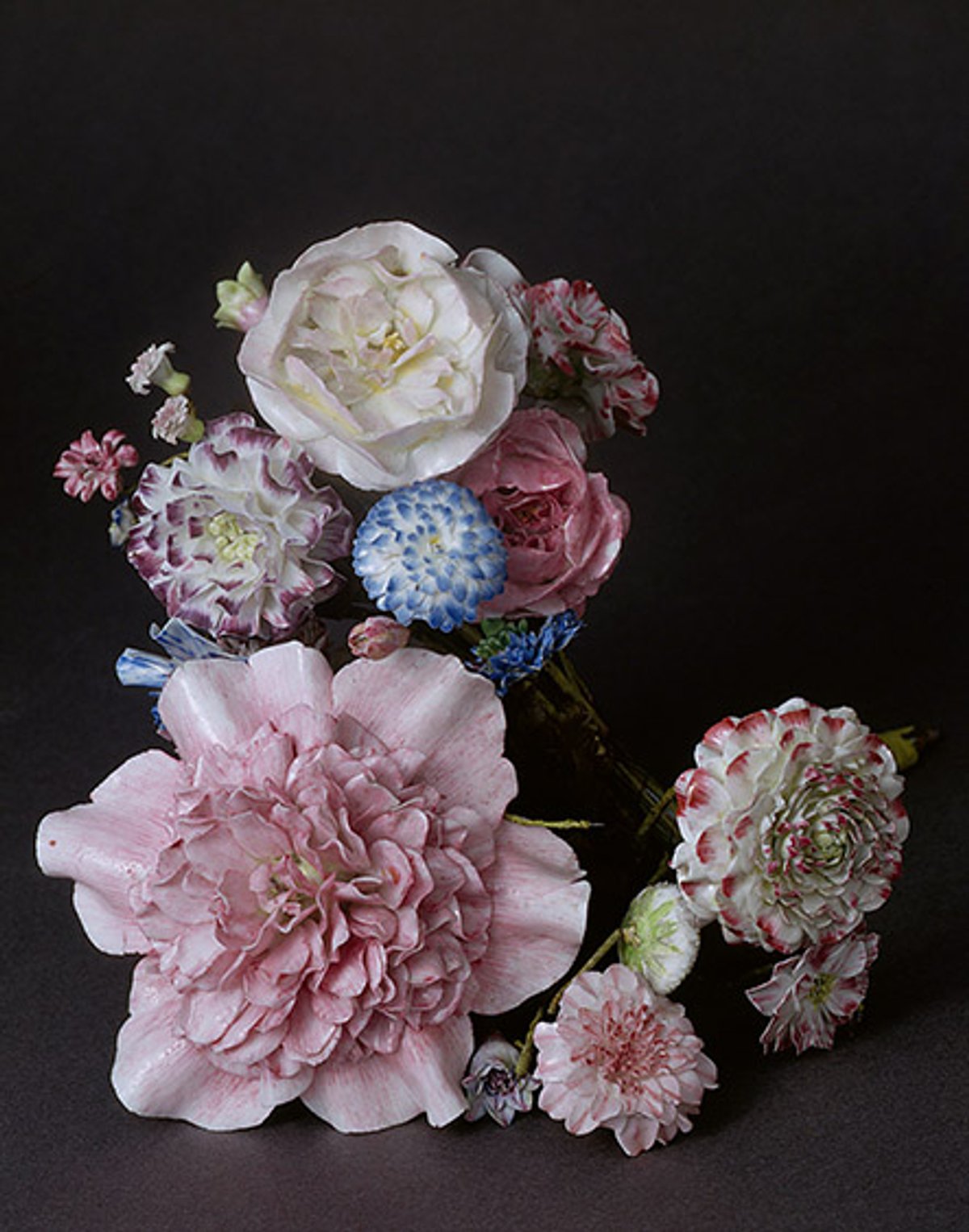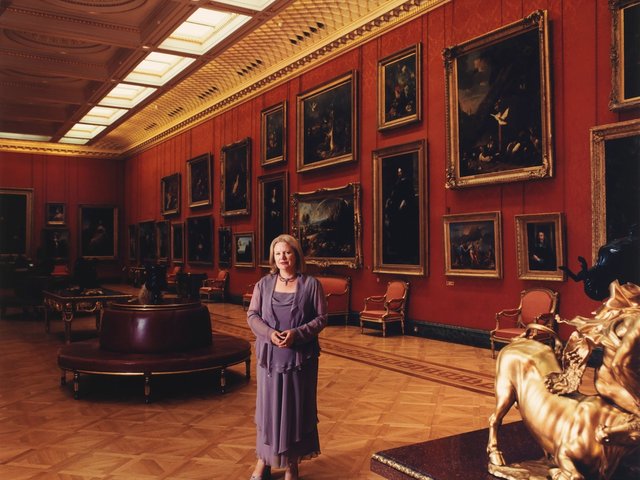The title of this magnificent new book—Everyday Rococo: Madame de Pompadour and Sèvres Porcelain—on a familiar, indeed almost clichéd subject is intriguing and intentionally paradoxical. Rococo is synonymous after all with 18th-century luxury and elite taste, the very opposite of the “everyday”. The retail price for the two volumes, fully justified by its Sunday-best production values, renders it moreover a luxury in its own right.
“Everyday” as Rosalind Savill, former director of the Wallace Collection, uses it in her exhaustive study of Madame de Pompadour’s porcelain is not qualitative—that is to say it does not denote the mundane, banal, dull or ordinary—rather it is temporal. It refers to the daily: to Pompadour’s untiring quest to buy, use, display and give away Vincennes/Sèvres wares every day that she spent as Louis XV’s mistress between 1745 and her death in 1764. It attempts not only to show that objects of exceptional beauty preserved today in museums were once intimately integrated into people’s most personal daily lives—Pompadour enjoyed her five-piece rose, green and blue garniture with chinoiserie figures (illustrated) and the smell of pot-pourri emitted by it when at her bath in her Paris mansion—but also to describe the range of practices—transporting, installing, arranging, rearranging, dusting, cleaning, repairing etc—entailed by ownership of these extraordinary things.

Pot-Pourri Vase (1760), Sèvres porcelain, possibly by Charles-Nicolas Dodin, at Musée du Louvre. Bought by Mme de Pompadour in 1760 © Rmn Grand Palais/Dist. Photo: Thierry Ollivier, Scala, Florence
This micro-history is made possible, as Savill reveals, by the factory’s retail records and the daybooks of Paris dealers on the one hand, and by Pompadour’s correspondence and various court memoirs on the other, none of which have been so thoroughly exploited before now and to such good purpose. What emerges from this mass of detail and anecdote is a double biography of Vincennes/Sèvres and Pompadour told year on year, her age noted annually. Pompadour’s entanglement with Vincennes/Sèvres was deep, occurring at many levels. Her role in securing royal favour and patronage for old Vincennes (founded in 1740 by Jean-Henri-Louis Orry de Fulvy) is well known. Less well known perhaps to the non-specialist is her part in the architecture of the new Sèvres factory on the Seine—operating from 1756, and by 1759 fully owned by the monarch—in providing accommodation for the workers, as well as in the technology of the craft; she was closely involved in early attempts to produce hard paste porcelain.
Of greatest concern to Savill is, however, Pompadour’s participation, even collaboration, in design innovations at the factory: hers were almost invariably the first purchases of new shapes and colours, new colour combinations and motifs. A narrative that might have been monotonous, a mere listing, is directed and enlivened by the brilliant stroke of assigning particular types of object to particular years, e.g. 1747: porcelain flowers; 1754: tea cups and coffee pots; 1757: water jugs and chamber pots; 1762: vases; 1763: biscuit sculpture. This structure affords opportunity for the elaboration of the uses to which these porcelain items were put and the history of the practices to which they gave rise.
What kind of history emerges? Of the factory, not a history of markets, nor a technology history, both of which are amply covered by economic historians, but rather a retail history—we learn about the shop furniture to stock Vincennes’s porcelain flowers, about displays at the factory outlet in rue de la Monnaie, about the inauguration of Christmas sales at Sèvres—and, more importantly perhaps, the suggestions of a labour history, of the moulders, painters, glazers, gilders etc, 119 strong in 1747, rising to roughly 500 by 1757. Of Pompadour herself—who, though much written about both in her own day and now, remains, as Savill observes, strangely elusive—we are afforded a genre painting or portrait of her domestic habits, foibles, petty concerns and desires.
A fascinating section in chapter 18 (1761) is devoted to the care of Vincennes/Sèvres porcelain, which perhaps only a curator such as Savill could write, having shared with Pompadour custody of these things. We are reminded of Elaine Scarry’s contention (On Beauty and Being Just, 1999) that one of the defining characteristics of beauty is its power to incite in us the instinct to care and preserve.
Highly readable, Savill’s weighty book will be much enjoyed by collectors, curators and dix-huitièmists of all kinds. That it requires slow reading, and a patient sifting of data and argument, may however dissuade the uninitiated, as will the price.
• Rosalind Savill, Everyday Rococo: Madame de Pompadour and Sèvres Porcelain, Unicorn Press, 2 vols, 1,232pp, 660 colour illustrations, £200, published 16 December 2021
• Katie Scott is a professor at the Courtauld Institute, specialising in French art and architecture of the early modern period and author of The Rococo Interior (Yale, 1996) and co-editor of Rococo Echo (Oxford University Studies in the Enlightenment, 2014)



